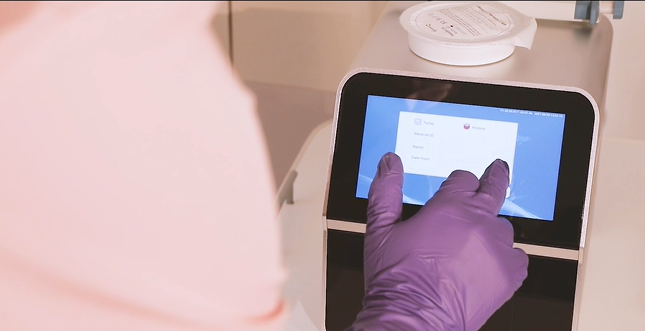release time:2021-09-07 11:53:07
Semi auto analyser means that some of the operations in the analysis process (such as adding samples, holding, inhalation colorimetry, result recording and other certain steps) need to be done manually. The semi auto analyser is characterized by its small size, simple structure and flexibility, and can be used separately. At the same time, semi-automatic biochemical analyzers can be used in conjunction with other medical equipment. Most importantly, semi-automatic biochemistry analyzers are very inexpensive.
The fully automated biochemistry analyzer is fully automated from sample addition to result generation. The operator only needs to put the sample on the specific position of the analyzer and choose the program to start the instrument to take the test report.


2022-04-12
In vitro diagnostic reagents are in vitro diagnostic reagents managed as medical devices, including reagents, kits, calibrators, quality control products and other products used for in vitro testing

2022-02-17
Previous articles have talked about the role, principles and differences of DR, ultrasound and CT respectively. What is the difference between them and MRI? Read on!

2021-10-15
Point of care testing has developed rapidly in recent years mainly due to the application of some new technologies. The development of POCT products has gone through roughly the following four stages.